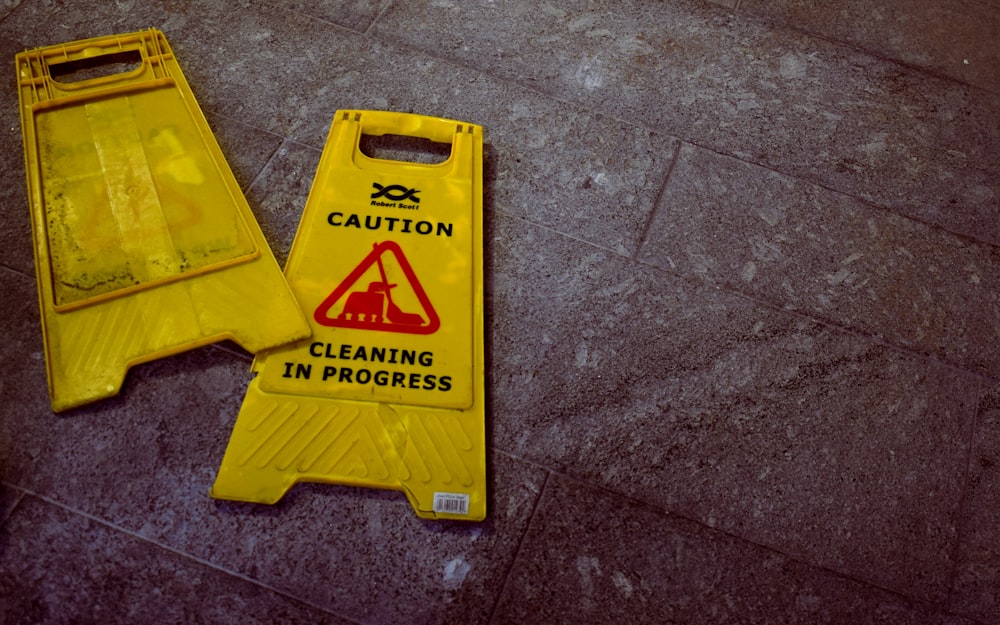How Leadership Dynamics Define Attitudes to Risk & Negligence in the Workplace

Photo by Nick Fewings @ unsplash
It’s vital that all employers and managers maintain the right attitudes toward health and safety in the workplace. If they’re uncaring or non-active in rolling out and maintaining health and safety protocols, injuries at work are much more likely to happen.
So, let’s explore how leadership dynamics define attitudes to risk and negligence.
A Lack of Leadership Can Create Risk and Negligence That Results in Accidents
Personal injuries at commercial establishments are almost always the result of employers not assessing risks in the workplace correctly and being negligent towards potential risks.
Not only does a lack of risk assessment and negligence lead to employees facing the risk of being injured at the workplace.
It also means employees who are injured in workplace accidents are likely to file lawsuits against the employers who are responsible, with the assistance of personal injury lawyers like those at dolmanlaw.com.
When bosses don’t lead their workforces effectively, accidents are more likely to happen.
Read more: How Do You Do Leadership?
On the other hand, effective leadership can curb the potential of accidents occurring in the first place. If accidents do occur, consulting with a personal injury attorney might be necessary. For a comprehensive list of qualified personal injury attorneys, see more. Nonetheless, it’s of the utmost importance that employers actively adopt health and safety protocols to reduce and prevent workplace accidents from happening. To know more, visit here.
Areas That Employers Need to Focus on to Reduce and Prevent Risk and Negligence
When leaders in the workplace, such as employers, managers, and supervisors, maintain professional and caring attitudes toward health and safety, they can better ensure that accidents don’t happen.

That means they must be aware of every element in the workplace that could potentially be hazardous and take the right steps to make each element safe.
For example, leaders need to ensure they:
- Provide employees with adequate health and safety training.
- Have a structure in place for regularly maintaining and repairing equipment.
- Train workers on how to use equipment correctly.
- Regularly perform checks of the workplace to identify and fix things like uneven floors, broken handrails, and non-functioning lighting.
- Provide employees with the correct safety equipment, such as hard hats and protective gloves.
Making Workplaces Safer Starts with Leaders’ Attitudes Towards Health and Safety
When leaders in a workplace are more concerned with things like productivity than health and safety issues, they are encouraging an environment that is less safe.
Leaders need to lead by example. So, when a manager actively cares and introduces measures to ensure risk and negligence in the workplace are reduced or eliminated, his or her workforce will be more likely to follow health and safety protocols themselves.
Supplementary reading: How Leaders Handle Workers’ Compensation Claims
On the other hand, if a leader simply points employees to the health and safety rules in the employee guidebook and does nothing to actively encourage and monitor how employees conduct health and safety assessments and ensure workers have the right protective equipment, for instance, the workplace is much more likely to be prone to health and safety issues that result in accidents.
So, leaders must make sure that their attitudes towards health and safety are professional and caring.
This may interest you: Leadership Development And The Importance of Psychological Safety At Work
They must also have rigid protocols in place to reduce and prevent accidents from happening, such as ensuring signs are placed appropriately in hazardous areas, spills are cleaned up as soon as possible to prevent slips and falls, and regular maintenance of machinery and other equipment is carried out.

Without the right attitude, health and safety protocols can easily fail. In turn, that increases the likelihood of accidents occurring and increases the likelihood of companies being sued for negligence.
Then, the employers, managers, or supervisors could be held accountable for employees who are injured at the workplace. But it’s not just physical safety that’s important at the workplace. Psychological safety is just as important.
Be sure to check out the media below:
Leaderonomics.com is an advertisement-free website. Your continuous support and trust in us allow us to curate, deliver and upkeep the maintenance of our website. When you support us, you enable millions to continue reading for free on our website. Will you give it today? Click here to support us.
Leadership
Tags: Be A Leader, Consultant Corner, Legal, Competence, Relationships
A growth hacker at heart, Jess helps SaaS companies rapidly scale their inbound leads through lean marketing strategies. She views content marketing and advertising as the perfect concoction of growth and loves to write about her insights and experiences.





